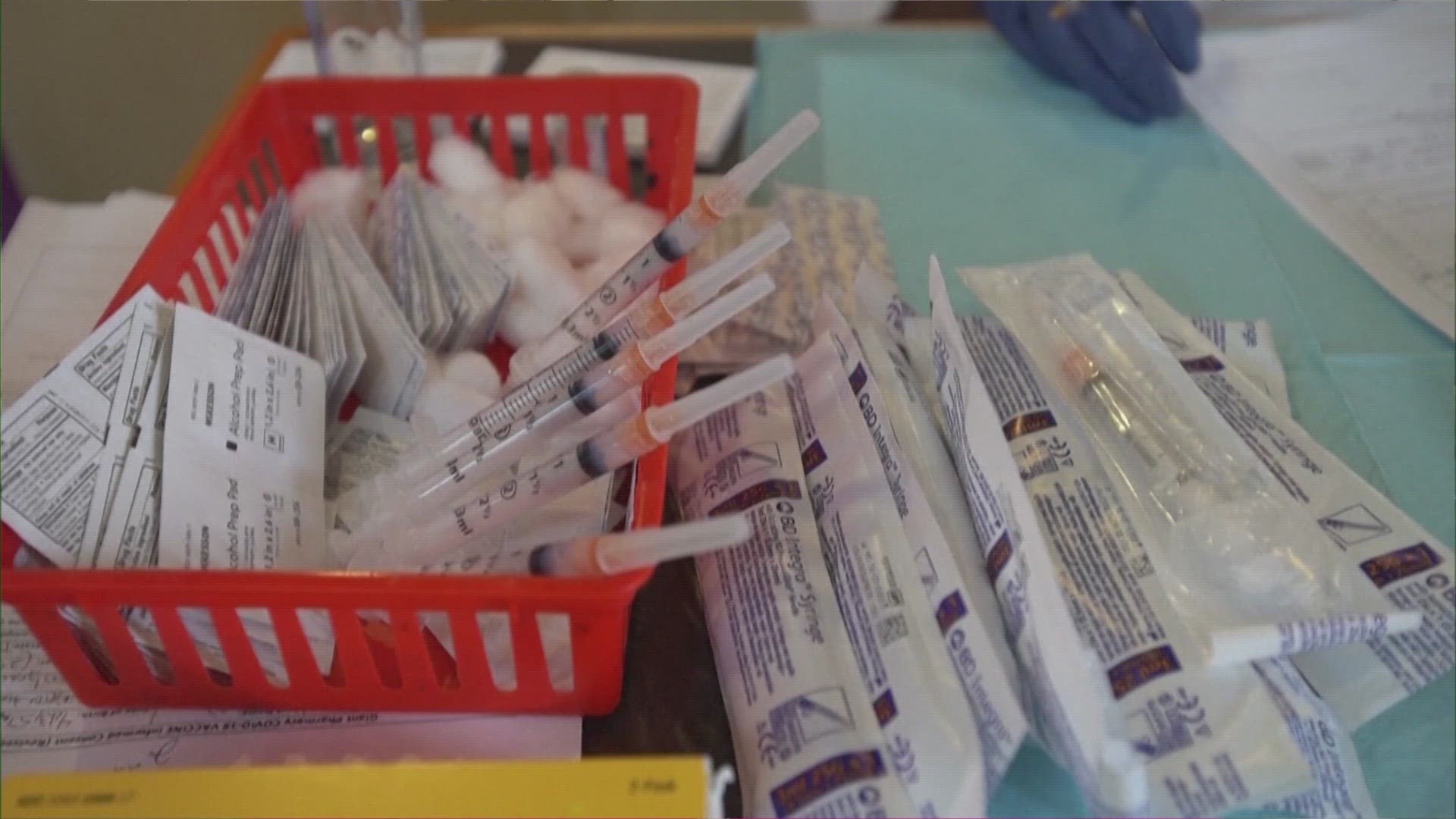The Texas state health agency will start regularly posting names and locations of all child care centers that have reported positive COVID-19 cases, after refusing to publicly release that information last month.
The Texas Health and Human Services Commission published a spreadsheet on its website Thursday showing COVID-19 cases in 1,867 child care facilities, summer camps, and before- and after-school programs in 127 counties. It excludes the names and addresses of child care centers run out of homes, but the agency included total cases from home-based centers in a separate spreadsheet.
The vast majority of facilities — 98% — in the dataset are child care centers.
Harris County, the state’s largest, saw cases at 289 facilities, and there were more than 100 facilities with cases in Bexar and Dallas counties. But the virus has reached facilities in all corners of the state, from Amarillo to Brownsville and El Paso to Beaumont and Texarkana. According to the state health agency’s website, the data will be updated every weekday except for holidays, alongside numbers from nursing homes and assisted-living facilities.
Child care centers, camps and after-school programs are reporting 13 active COVID-19 cases in children and eight in staff. Since March, they have reported 1,120 cases in children and 2,200 in adults. In addition, 79 home-based centers have had 85 cases since March, about a third in children and the rest in adults. But the state health agency does not keep data on the total number of children in care or staff employed in child care centers, making it hard to know whether the number of infections represents a high or low percentage.
Parents have been clamoring for more information on whether their current or prospective child care centers are safe. While other states, including North Carolina and Arizona, update their websites regularly with the number of cases in child care centers, Texas has released minimal data to reporters who ask, but not published it online. Previously, the state has shared data on how many cases are in how many child care centers, but has not revealed where those cases were.
In July, Texas refused to release to The Texas Tribune a breakdown of total cases by age, geography and race, arguing some of it was “protected health information” under state law. The dataset released Thursday does not include any of those breakdowns.
Early in the pandemic, Texas closed all child care centers for more than a month to all but the children of essential workers who staffed the grocery stores and hospitals while other businesses shut down. In mid-May, Gov. Greg Abbott allowed child care centers to serve anyone, in an effort to reopen the state’s businesses and get Texans back to work.
Cases began to rise, from 59 in mid-May to 1,695 by early July. Fewer than 10% of child care centers open reported cases, about a third in children and the rest in staff. Experts have warned that even the limited data Texas has released may not be complete, since the state has not kept up with demands for testing.
Despite the rise in cases, the state’s health agency repealed some of its safety requirements for child care providers — but then reinstated them in late June and required centers to follow U.S. Centers for Disease Control and Prevention health guidance.
While the scientific research is ever-shifting, experts say children are less likely to suffer severe symptoms of COVID-19 than are adults. Still, children with preexisting conditions like diabetes and asthma may be particularly vulnerable, and research from the U.S. Centers for Disease Control and Prevention showed that Black and Hispanic children were more likely to require hospitalization than white children.
And children can serve as vectors, bringing the disease from their families to caretakers or vice versa, though their precise role in viral transmission is still being studied.
The state health agency posted the data on the same day the Texas Education Agency announced it would work with the Department of State Health Services to collect and report positive COVID-19 cases in public schools. School districts will be required to report positive cases to the state within 24 hours, in addition to reporting to local health departments, state education officials said Thursday.
Health experts say transparency among government officials, school leaders and parents is critical as they all wrestle with difficult decisions about returning kids to classrooms.



